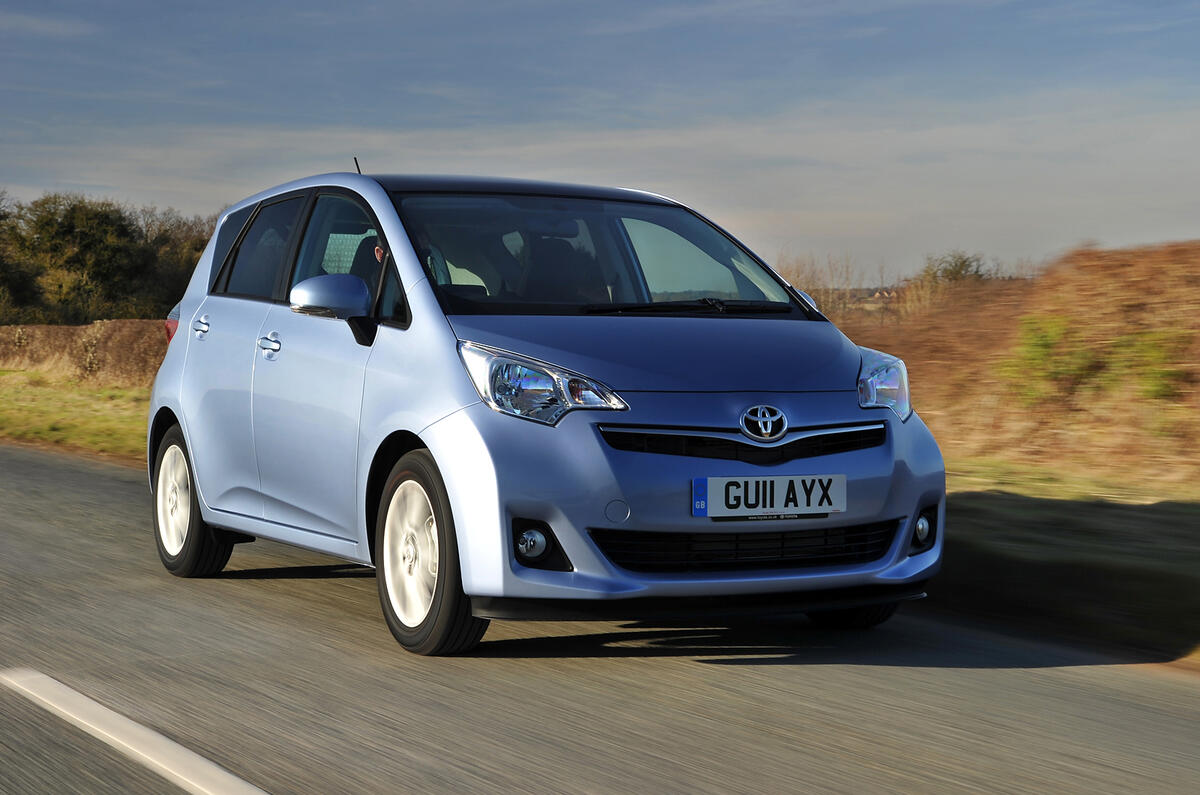Drive the Toyota Verso-S at normal speeds along a typical B-road and it provides a progressive and well-resolved balance between a soft ride and predictable, responsive handling. If anything, the level of poise and grip here seems disproportionate – if very welcome – given the Verso-S’s utilitarian nature and mediocre performance.
The high-speed ride is good, with the rate of roll kept in check even under much harder driving than any Verso-S is likely to experience. Bump absorption is adequate, though the suspension will thump and the body can be unsettled over vertical undulations of the road’s surface. Occupants are isolated well enough. At slower speeds some unexpectedly firm damping over bigger bumps makes for a strange shortage of chassis compliance, but the Verso-S’s ride is not harsh at any point, and this slightly firmer set-up is preferable to the wallowy, over-soft springs that are fitted to some of its rivals.
The Verso-S handles surprisingly well, too. Turn-in is quicker than you might expect and the resulting body roll is gentle and well controlled. Mid-corner steering adjustments can be made with no unexpected theatricals, and understeer is easily and quickly counteracted by lifting off the throttle. Even the steering is well weighted and gives you a good indication of the levels of grip available throughout any corner, even if it is devoid of feel.
In many respects the Verso offers a level of ride comfort that you’d expect in a car of this class – not far off the Citroën C3 Picasso, but miles ahead of a Honda Jazz – and a level of handling that you wouldn’t.




































